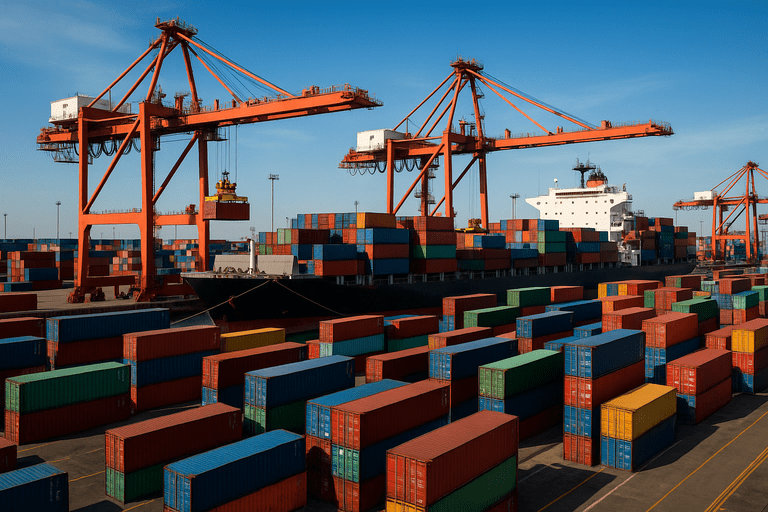The Trump administration has implemented a series of tariffs aimed at enforcing fair trade practices and protecting American industries. These measures have led to a complex landscape of international trade relations, with various countries responding in kind.
In March 2025, the administration imposed a 25% tariff on all Canadian imports, excluding energy products, which were subjected to a 10% tariff. This action was intended to reduce the U.S. trade deficit and encourage stronger Canadian border enforcement, particularly concerning illegal immigration and fentanyl trafficking. In response, Canada announced 25% tariffs on $30 billion worth of U.S. goods, with additional tariffs planned. (en.wikipedia.org)
Similarly, tariffs were increased on Chinese imports, with rates rising from 10% to 20%. This escalation aimed to pressure China to address issues related to intellectual property theft and trade imbalances. China retaliated by imposing tariffs on U.S. agricultural products, affecting American farmers. (en.wikipedia.org)
The administration also directed staff to develop “reciprocal tariffs” to counter trade barriers imposed by foreign countries. This initiative led to a 10% tariff on all imports to the U.S., effective April 5, 2025, with higher tariffs for 57 countries and territories beginning April 9. These measures were described as the most significant U.S. protectionist trade actions since the 1930s. (en.wikipedia.org)
Retailers like Walmart have announced price increases due to ongoing cost pressures from the trade war. Despite a recent U.S.-China agreement to reduce tariffs, the reprieve was insufficient to absorb costs without affecting consumer prices. (ft.com)
International organizations have expressed concerns over these developments. The World Trade Organization warned that bilateral tariff deals, such as the recent U.S.-UK agreement, could undermine the principle of equal trade terms among member states. (ft.com)
In the Asia-Pacific region, trade envoys from the 21-member economies of APEC convened to discuss multilateral cooperation amid rising global protectionism prompted by U.S. tariffs. These discussions aimed to address issues including WTO reform and the advancement of a Free Trade Area of the Asia-Pacific. (reuters.com)
The administration’s trade policies have led to increased scrutiny of trade practices in Southeast Asia. Vietnam and other nations are under pressure to prevent Chinese manufacturers from evading U.S. tariffs through trans-shipment. This issue has become critical in ongoing trade negotiations, with the U.S. demanding that these countries crack down on such practices. (ft.com)
While these measures have introduced complexities and challenges, they are part of a broader strategy to enforce fair trade practices and protect American industries. The administration continues to monitor the situation and adjust policies as necessary to achieve these objectives. As the system evolves, additional oversight and resources may be required to manage the growing bureaucracy associated with these trade enforcement efforts.
—
Tom Blake writes on markets, trade policy, and the government’s role in private enterprise. He studied economics at George Mason University and spent six years as a policy advisor for a business coalition before turning to financial journalism. His work examines the real-world impact of regulations, subsidies, and federal economic planning.



